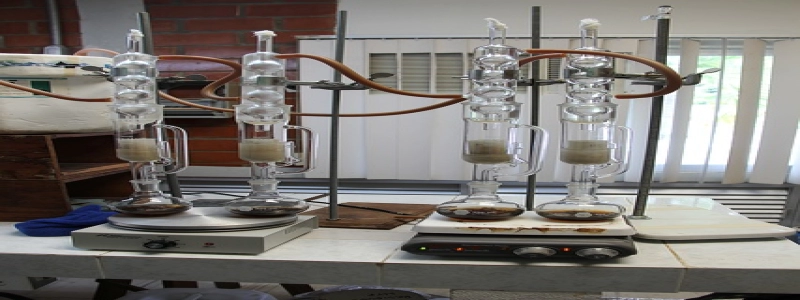SFP+ Transceivers
Introduction:
SFP+ transceivers, also known as Small Form-factor Pluggable Plus transceivers, are widely used in data communication networks to connect network devices such as switches, routers, and servers. They provide high-speed and reliable data transmission over optical fibers. This article will delve into the features, benefits, and applications of SFP+ transceivers in modern networking systems.
I. Features of SFP+ Transceivers:
1. Small form-factor: SFP+ transceivers are compact in size, making them an ideal choice for densely packed network equipment.
2. Hot swappable: These transceivers can be easily plugged and unplugged without interrupting the network operation.
3. High data rate: SFP+ transceivers support data rates up to 10 Gigabits per second, enabling fast and efficient data transfer.
4. Multiple fiber types: They are compatible with various fiber optic cables, including single-mode and multi-mode fibers, offering flexibility in network design.
5. Low power consumption: SFP+ transceivers consume minimal power, contributing to energy-efficient networking solutions.
II. Benefits of SFP+ Transceivers:
1. Scalability: SFP+ transceivers allow network administrators to upgrade their network bandwidth without replacing the entire infrastructure. This scalability feature is cost-effective and simplifies network expansion.
2. Interchangeability: These transceivers can be interchanged between different network devices, providing versatility and compatibility in network connections.
3. Reliability: SFP+ transceivers offer high-quality optical connections, ensuring reliable data transmission with low latency and minimal error rates.
4. Flexibility: Due to the wide range of fiber types supported, SFP+ transceivers can be used in various networking applications, including data centers, campus networks, and storage area networks.
III. Applications of SFP+ Transceivers:
1. Data Centers: SFP+ transceivers are extensively used in data centers to connect servers and storage equipment, facilitating high-speed data transfer and efficient server virtualization.
2. LAN and WAN Connectivity: They are employed in local area networks (LANs) and wide area networks (WANs) to establish reliable connections between switches and routers, ensuring seamless data flow and network stability.
3. Telecommunication Networks: SFP+ transceivers play a crucial role in telecommunication networks, enabling fast and secure data transmission over long distances.
4. Video Surveillance Systems: These transceivers are employed in video surveillance systems to transmit high-definition video signals over fiber optic cables, ensuring smooth and uninterrupted video streaming.
Conclusion:
SFP+ transceivers have become an indispensable component in modern networking systems, offering high-speed, reliable, and scalable data transmission. With their small form-factor, hot-swappable design, and compatibility with various fiber types, SFP+ transceivers provide flexibility, versatility, and cost-effective solutions to meet the networking demands of data centers, telecommunication networks, and various other applications.






